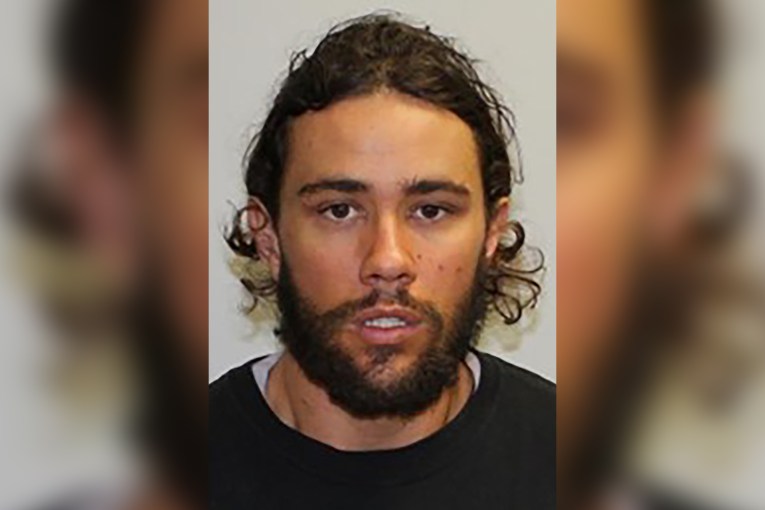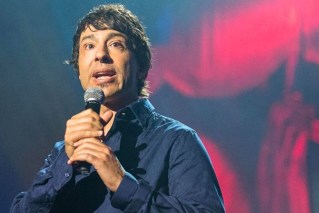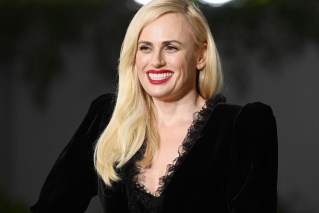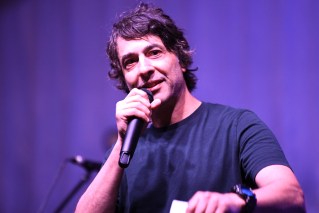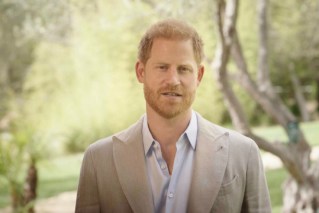Eye yoga explained: The exercises Beatles legend Paul McCartney credits with preserving his sight

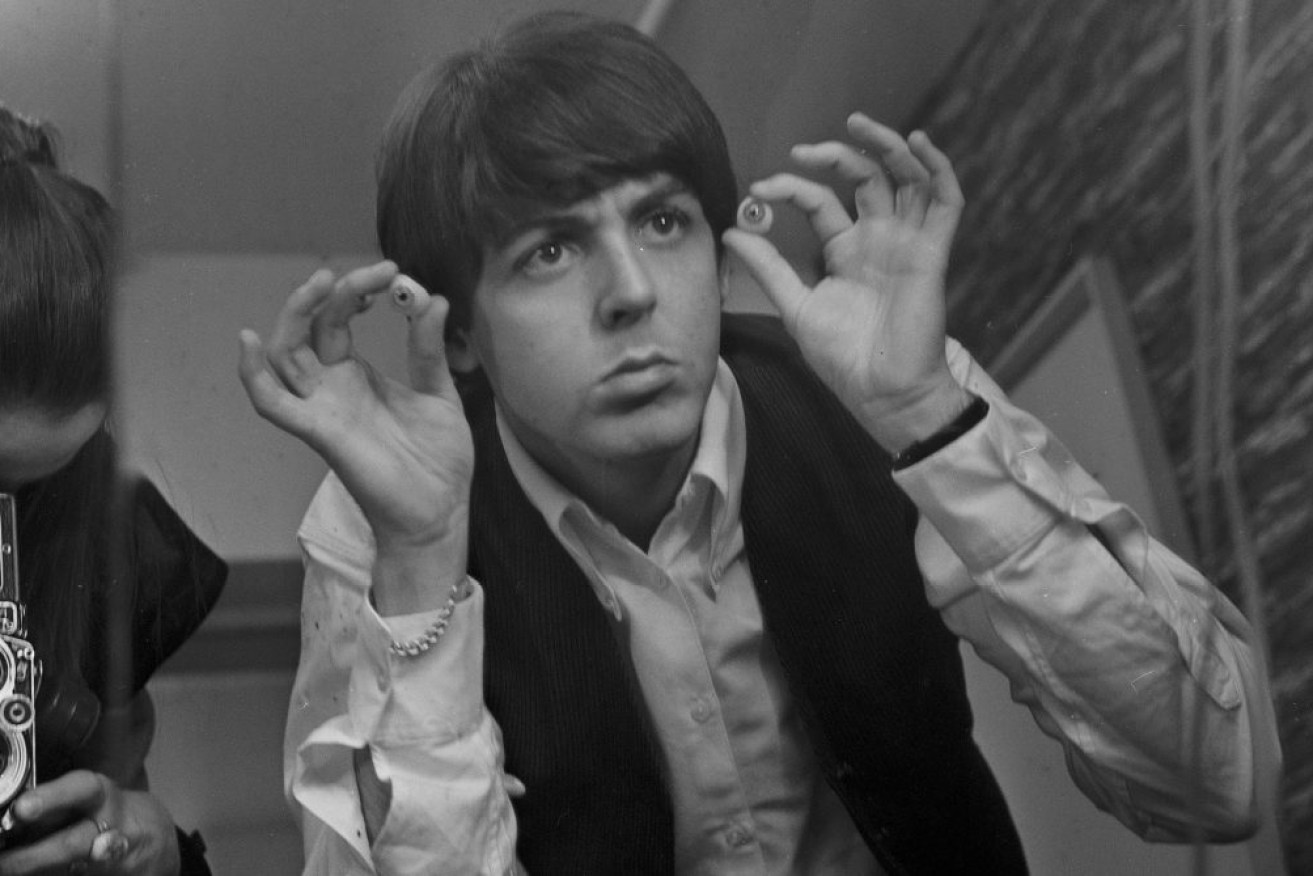
The eyes have it: Paul McCartney attributes his strong sight to eye yoga. Photo: Getty
The Beatles’ singer Paul McCartney has claimed practising eye yoga is the secret to preserving his eyesight over the decades.
After 60 years of performing rock shows and touring the world, McCartney’s eyes have seen more than most.
But not once has he ever needed to get glasses.
Speaking on the latest episode of the podcast Table Manners, hosted by British singer-songwriter Jessie Ware, McCartney talked up the benefits of the ancient practice.
“I learned (it) off some yogi in India,” McCartney said.
“He explained that your eyes are muscles whereas your ears aren’t, so you can’t exercise your ears. But your eyes, you can.”
Yogic eye exercises claim to strengthen and condition the muscles in your eye structure with the aim of improving vision, treating symptoms of dry eye and decreasing eye strain.
So, how does it work?
Eye yoga involves focusing on objects both close at hand and far away.
It also involves moving your eyes from the left, upward, to the right and downward.
Or in the words of McCartney: “So, head still, and then you look up as far as you can, one, two, three, go back to the middle, then down, one, two, three, then back to the middle.
‘‘You do three lots of that, then go to the left and the right. Now you’ve got a cross, up and down, and sideways, now you do the diagonals.
“It’s pretty good stuff. It makes sense, though, doesn’t it? It makes sense if (the eyes) are muscles,” he said.
“I don’t know if it means that that’s why I don’t need glasses when I’m reading a newspaper. It makes sense, you know? It’s a good idea.”
Does it actually work though?
Although eye yoga might help you focus your eyes or relieve strain symptoms, there’s no evidence it can correct a range of medical conditions including astigmatism, nearsightedness, or farsightedness.
Professor Justine Smith, an ophthalmologist at Adelaide’s Flinders University, said eye yoga was “not something I use in the clinical care of my patients”.
“If I had a patient who needed glasses, I don’t consider it an alternative to glasses,” Professor Smith said.
“However, there are a lot of different medical practices. There might be other practitioners that see it differently.”
